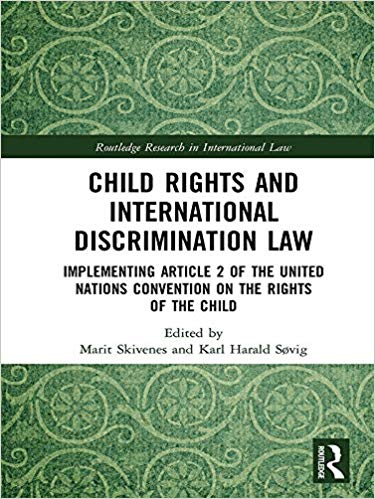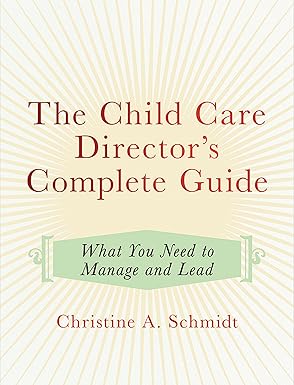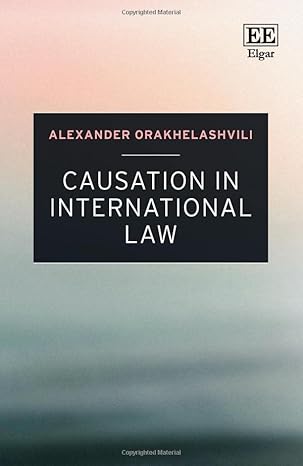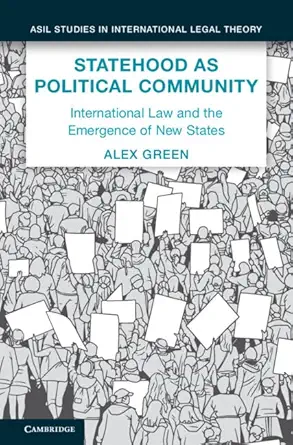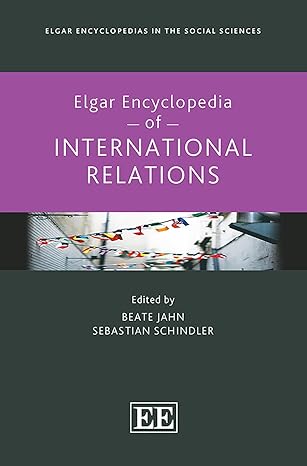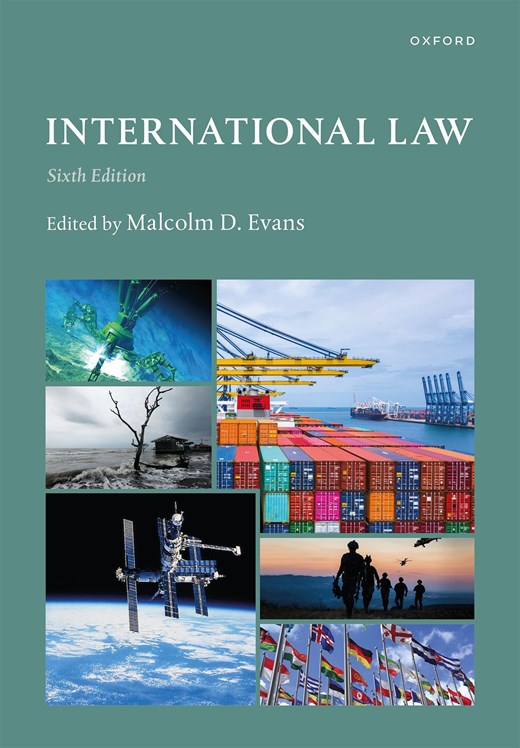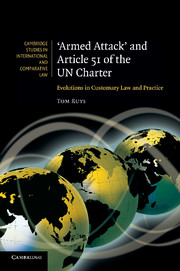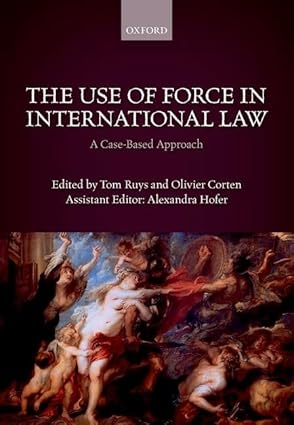Societies and states are at a crossroad in how children are treated and how their rights are respected and protected. Children´s new position and their strong rights create tensions and challenge the traditional relationships between family and the state. The United Nations Convention on the Rights of the Child was adopted unanimously by the General Assembly of the United Nations in 1989 and came into force in 1990. Article 2 places states under an obligation to accord primacy to the best interests of the child in all actions concerning children and to ensure and regulate child protection.
This book offers a comparative and critical analysis of the implementation of Article 2 of the United Nations Convention on the Rights of the Child. In order to examine how Article 2 is being implemented, it is essential to have a sound understanding of the obligations it emposes. The opening chapters will explore the precise content of these obligations in terms of the legislative history of the text, its underlying philosophy, its amplification by the United Nations Committee on the Rights of the Child, and subsequent authoritative interpretations of it by courts around the world. The book will then drill down into the conceptual and theoretical challenges posed by the very nature of the obligations and will offer in-depth exploration of the long-running ‘rights v welfare’ debate that has always presented something of a challenge in giving effect to children’s rights. Contributors are leading academics in the children’s rights field drawn from a wide range of countries and jurisdictions worldwide, including those with common law, civilian and mixed traditions. Disciplines represented in the book include law, psychology, political science, childhood studies, social work and anthropology.
By drawing together the various facets of Article 2 and analysing it from a range of perspectives, the volume provides a coherent and comprehensive inter-disciplinary analysis on discrimination and the rights of the child.
چکیده فارسی
جوامع و دولتها از نظر نحوه رفتار با کودکان و نحوه احترام و حمایت از حقوق آنها در دوراهی قرار دارند. موقعیت جدید کودکان و حقوق قوی آنها تنش ایجاد می کند و روابط سنتی بین خانواده و دولت را به چالش می کشد. کنوانسیون سازمان ملل متحد در مورد حقوق کودک به اتفاق آرا توسط مجمع عمومی سازمان ملل متحد در سال 1989 تصویب شد و در سال 1990 لازم الاجرا شد. ماده 2 دولت ها را موظف به رعایت اولویت برای بهترین منافع کودک در همه اقدامات می داند. در مورد کودکان و تضمین و تنظیم حمایت از کودکان.
این کتاب تحلیل تطبیقی و انتقادی اجرای ماده 2 کنوانسیون حقوق کودک سازمان ملل را ارائه می دهد. برای بررسی نحوه اجرای ماده 2، داشتن درک درستی از تعهداتی که این ماده بر عهده دارد ضروری است. فصول آغازین محتوای دقیق این تعهدات را از نظر تاریخچه قانونگذاری متن، فلسفه زیربنایی آن، تقویت آن توسط کمیته حقوق کودک سازمان ملل متحد، و تفسیرهای معتبر بعدی از آن توسط دادگاه های سراسر جهان بررسی می کند. . سپس این کتاب چالشهای مفهومی و نظری ناشی از ماهیت تعهدات را بررسی میکند و کاوش عمیقی را در مورد بحث طولانیمدت «حقوق علیه رفاه» ارائه میکند که همیشه چیزی شبیه به چالش را در تأثیرگذاری به آن ارائه میدهد. حقوق کودکان مشارکتکنندگان، دانشگاهیان برجسته در زمینه حقوق کودکان هستند که از طیف گستردهای از کشورها و حوزههای قضایی در سراسر جهان، از جمله کشورهایی که دارای قوانین عادی، سنتهای غیرنظامی و ترکیبی هستند، میباشند. رشته های ارائه شده در این کتاب شامل حقوق، روانشناسی، علوم سیاسی، مطالعات دوران کودکی، مددکاری اجتماعی و مردم شناسی است.
این جلد با گردآوری وجوه مختلف ماده 2 و تجزیه و تحلیل آن از منظرهای مختلف، یک تحلیل بین رشته ای منسجم و جامع در مورد تبعیض و حقوق کودک ارائه می دهد.
ادامه ...
بستن ...
Ebook details:
عنوان: Child Rights and International Discrimination Law: Implementing Article 2 of the United Nations Convention on the Rights of the Child (Routledge Research in International Law)
نویسنده: Marit Skivenes, Karl Harald Søvig
ناشر: Routledge; 1 edition (February 25, 2019)
زبان: English
شابک: 036707463X, 978-0367074630
حجم: 8 Mb
فرمت: True Pdf
ادامه ...
بستن ...
